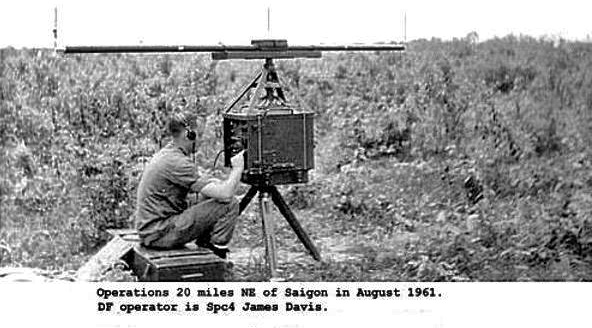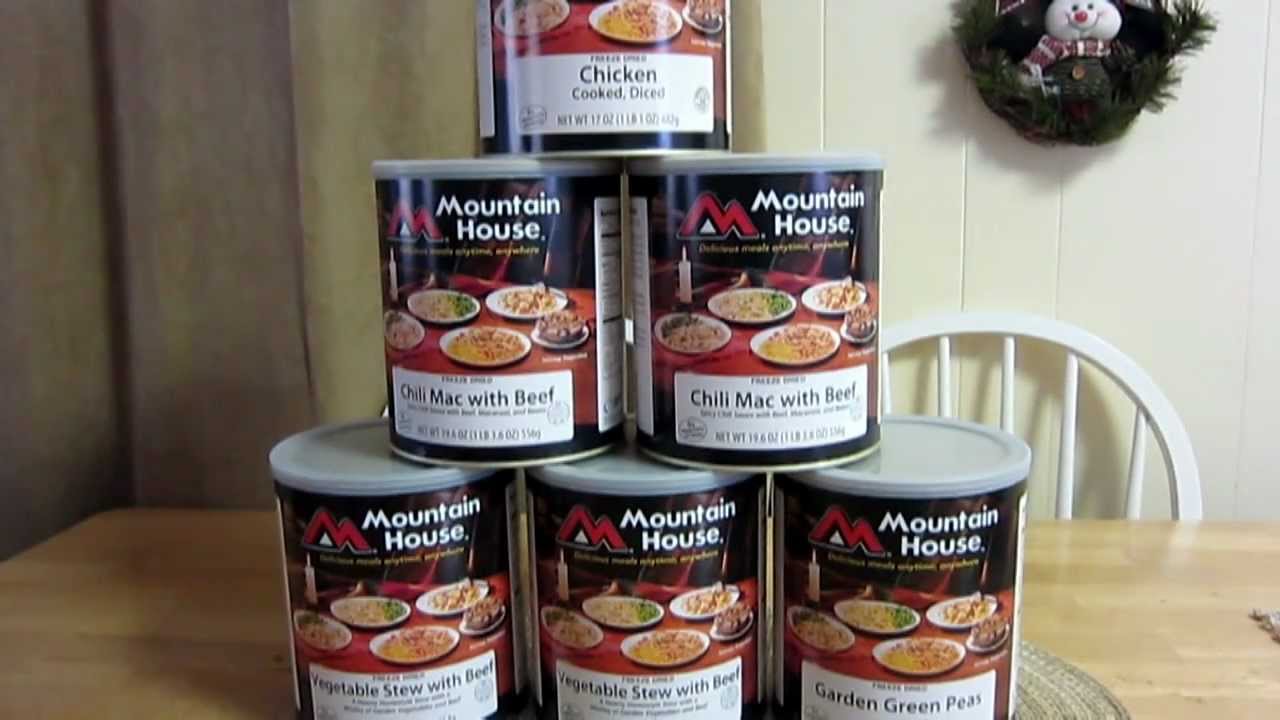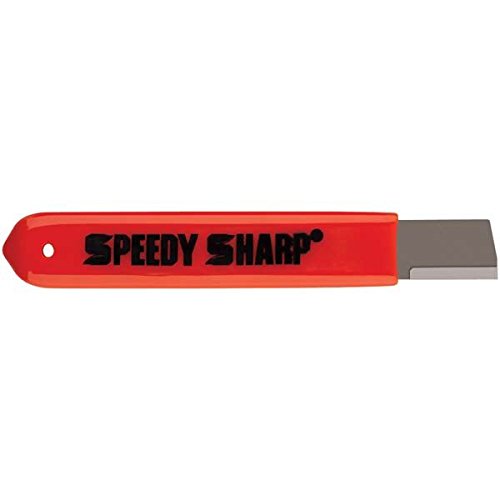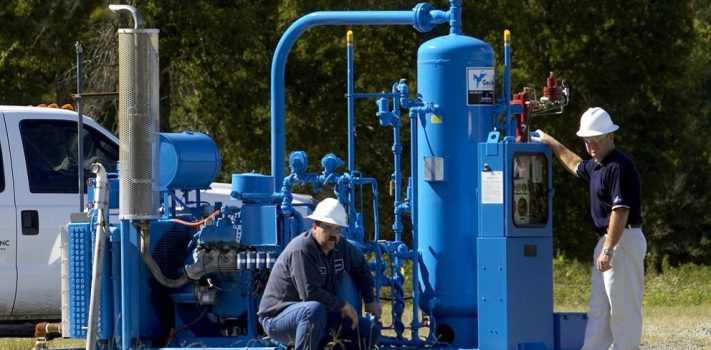SurvivalBlog presents another edition of The Survivalist’s Odds ‘n Sods— a collection of news bits and pieces that are relevant to the modern survivalist and prepper from “HJL”. You need to see the emergency knife sharpener featured today. This is a must-have for any serious prepper.
Emergency Knife Sharpener
Reader T.W. sent me a sample knife sharpener called Speedy Sharp. When I first picked it up, I really couldn’t understand how it was supposed to work, so I did what any good prepper would do. I looked it up on the Internet. Wow! This tool is a “must have” for any prepper. It’s simply a piece of sharpened carbide mounted on a steel handle with a plastic grip and cover. It weighs less than a small pocket knife but it will sharpen any knife you have in a pinch, including those with serrated edges. You should note that you have to use a light touch though. The carbide takes a bite in the steel of your knife and a heavy hand can ruin a good blade.
It took just three light passes on Mrs Latimer’s serrated tomato knife that somebody had ruined the edge by cutting on a marble cutting board. I’m getting one of these for each person’s BOB and EDC and perhaps a few extras. Given the choice, I’d still rather use a water stone to put a fine edge on a knife, but when I can’t carry my Tormek with me…
The End of Gun Control
Hobby CNC automation has brought about the end of gun control. The politicians just haven’t figured that out yet. Owen Shroyer of Infowars interviews Cody Wilson (of Ghostgunner fame): The End of Gun Control?
Continue reading“The Survivalist’s Odds ‘n Sods:”













